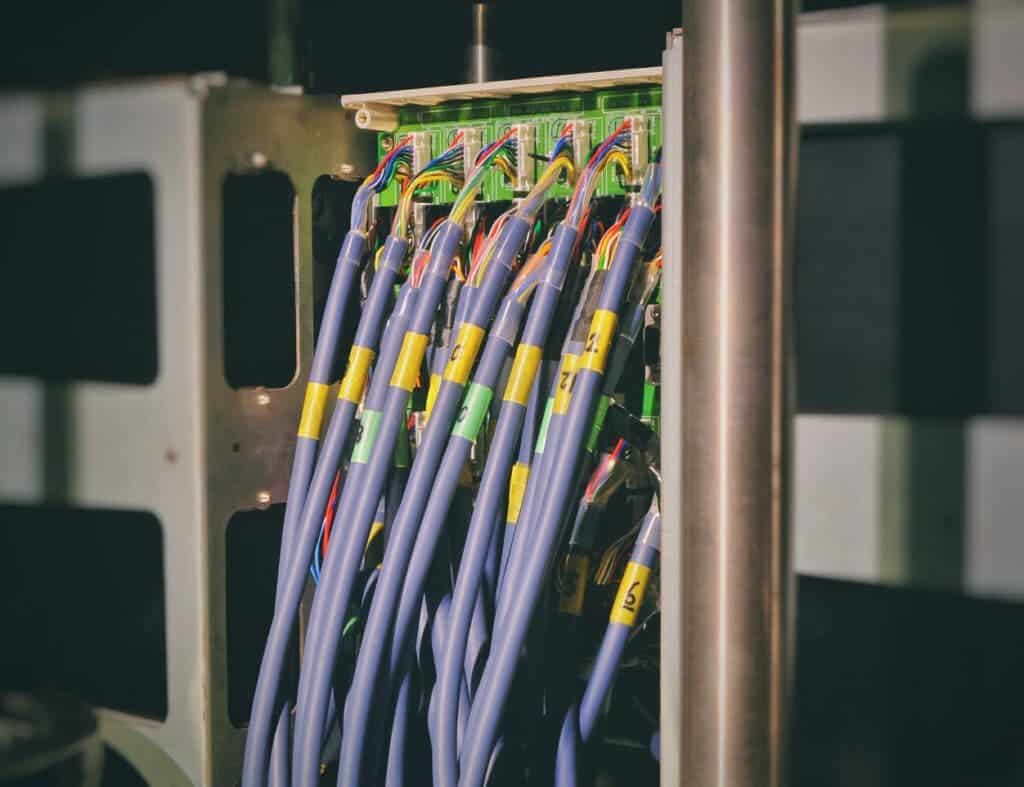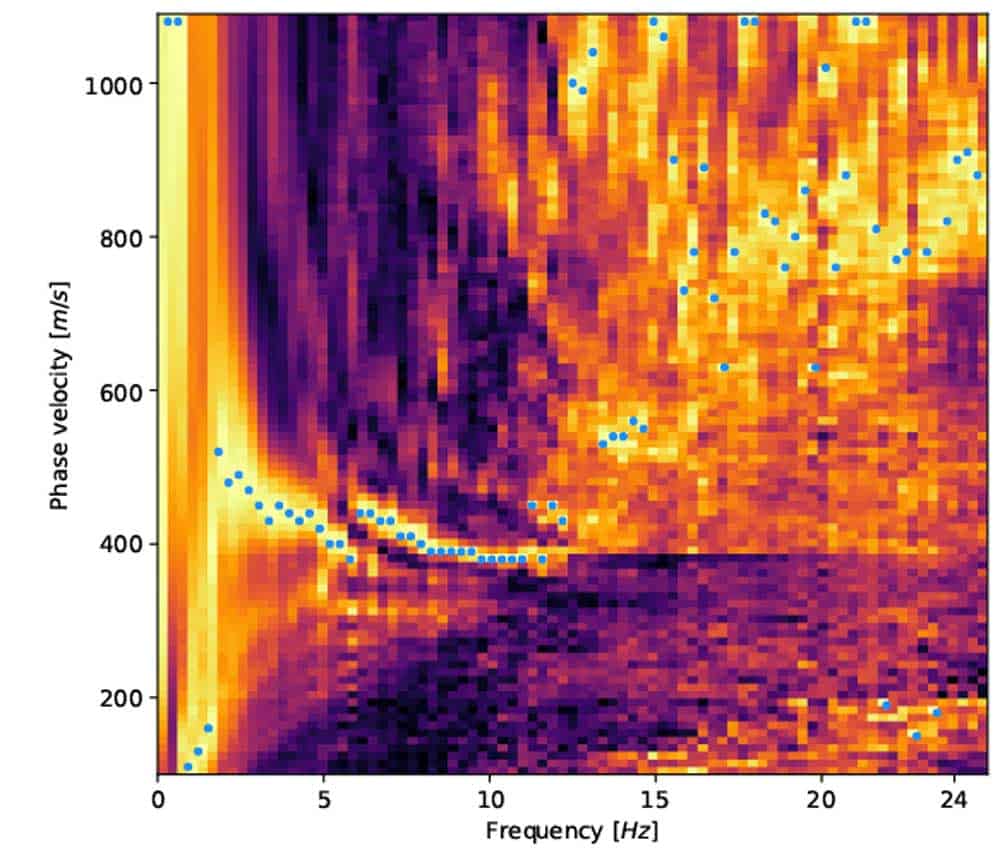Studies are increasingly starting to show that the same optical fibers that deliver our high-speed internet and video can be used to study earthquakes and geology

As a geophysics undergrad, it was thrilling to learn how earthquakes can be used to study the subsurface. Earthquakes are pretty much the only reason we know anything about the Earth’s internal structure, and they can tell us a lot about the make-up of the crust, mantle, and even the core of our planet. It gets even better: you can “fake” an earthquake with special tools (which can range from a big hammer to dynamite) to assess the geologic structure of the area beneath you. If you have the proper tools to listen to the waves, you can see what’s underground. This approach is still used in geological and industrial studies. But researchers are now thinking that they can start using other tools to do this — tools which are already available.
Specifically, researchers are looking at fiber-optic cables — cables similar to plain electrical ones, but containing one or more optical fibers that are used to carry light. Fiber optic cables are what give you high-speed internet (if you’re fortunate enough to have high-speed internet, that is). What researchers have recently learned is that you can also transform these cables into seismic sensors.
“Fiber-optic cables are the backbone of modern telecommunications, and we have demonstrated that we can turn existing networks into extensive seismic arrays to assess ground motions during earthquakes,” said University of Michigan seismologist Zack Spica, first author of a recent study describing the approach.
When an earthquake happens, it makes cables vibrate. Researchers take advantage of this by connecting an instrument called a laser interrogator to one end of the cable. The interrogator shoots pulses of laser light down the fiber, with the light bouncing when it encounters any impurities or imperfections along the fiber, creating a base level signal called a backscatter signal.
Changes in this backscatter signal can show how the fiber stretches or compresses in response to disturbances such as seismic waves.

The approach draws from the oil and gas industries, which have used this idea for years to monitor their pipelines and wells — but applying it to a fiber optic cable is a whole different deal.
“This is the first time that fiber-optic seismology has been used to derive a standard measure of subsurface properties that is used by earthquake engineers to anticipate the severity of shaking,” said geophysicist Greg Beroza, a co-author on the paper and the Wayne Loel Professor in Stanford’s School of Earth, Energy & Environmental Sciences.
The approach, called DAS is attractive from multiple perspectives. Not only is fiber optic infrastructure very common in many urban parts of the world (with much of it being currently unused, and therefore usable as an earthquake detector), but urban areas are notoriously difficult to monitor seismically because it’s difficult to add sensors, and you have so many disturbances such as traffic.
“What’s great about using fiber for this is that cities already have it as part of their infrastructure, so all we have to do is tap into it,” Beroza said.
“In urban areas, it is very difficult to find a place to install seismic stations because asphalt is everywhere,” Spica added. “In addition, many of these lands are private and not accessible, and you cannot always leave a seismic station standing alone because of the risk of theft.
So if you have any unused fiber cable (which is commonly called ‘dark fiber’), you can turn it into a very long sensor array, and it’s also pretty inexpensive. It’s not just for monitoring earthquakes — you can also use DAS to map the subsurface.
In a separate study, researchers have used DAS to study a 27-kilometer stretch of dark fiber near Sacramento, California, recording 7 months of readings and getting a large amount of useful data. They even used ambient seismic noise from traffic to map the subsurface. Similar studies have been carried out in Alaska, California, and Iceland. What makes this even more exciting for geologists is that you only need to put your fancy equipment at one end of the cable.
California Institute of Technology seismologist Zhongwen Zhan, one of the authors of the study, believes DAS can be used in remote places, or even to study other extraterrestrial bodies.
“You can imagine that on the moon or some other planet, with a high radiation or high temperature scenario, the electronics might not survive that long in that environment,” he added. “But fiber can.”
The main limitation of the approach is that you need to know exactly how the cable lies in the ground. Researchers sometimes do a “tap test” where they smack a sledgehammer on different places above the cable, measuring the effect on the cable. The noise is also a problem to solve: for some reason, some cables seem to produce a large amount of noise, and it’s not really clear why.
At any rate, while still far from being perfected DAS is already proving itself to be a versatile and useful tool, one which can be deployed at low costs and in numerous situations. We can only look forward to seeing what it will be used for.
“While still in its infancy, DAS already has shown itself as the working heart — or perhaps ear drums — of a valuable new seismic listening tool,” Zhan concluded.



